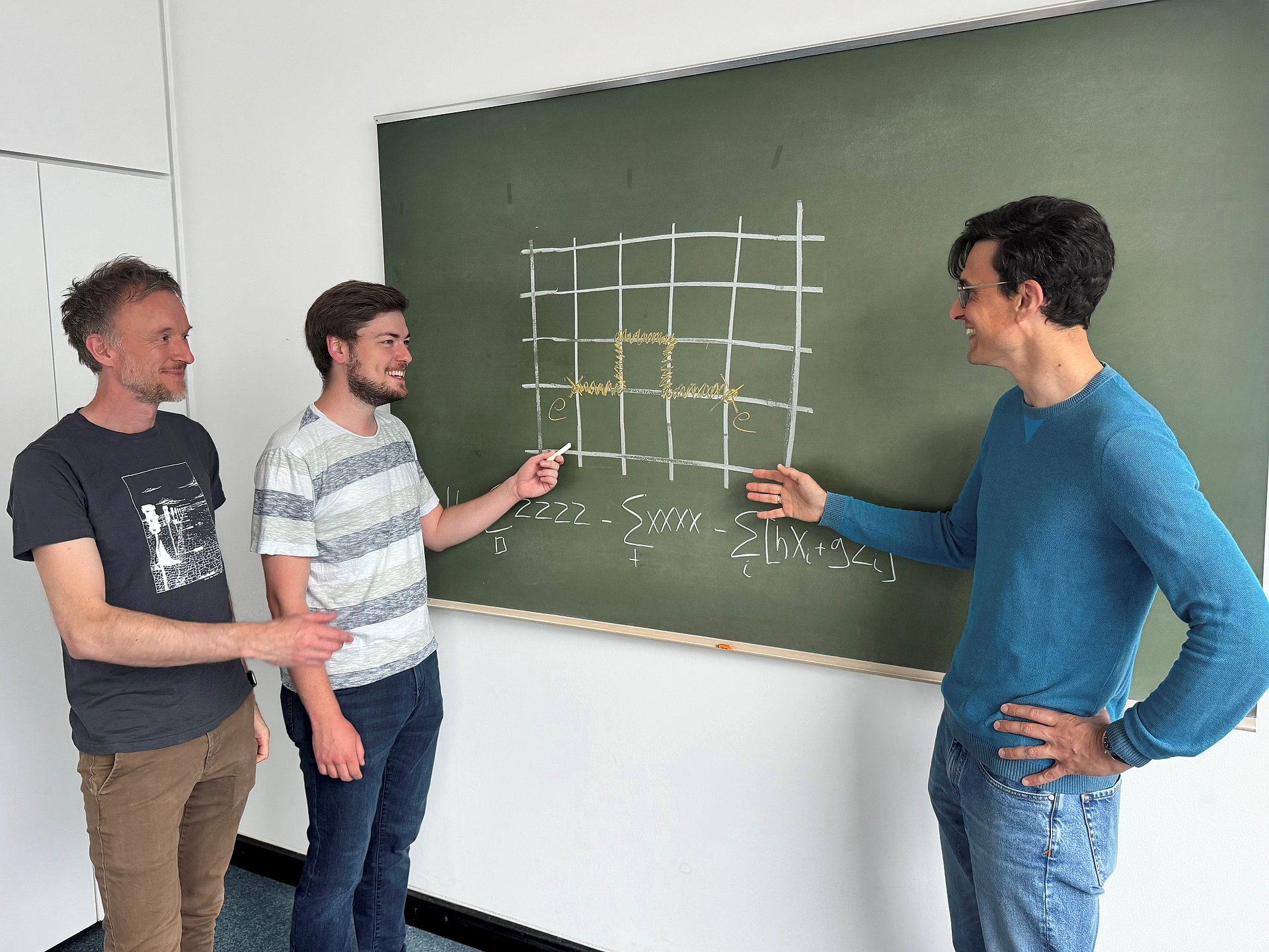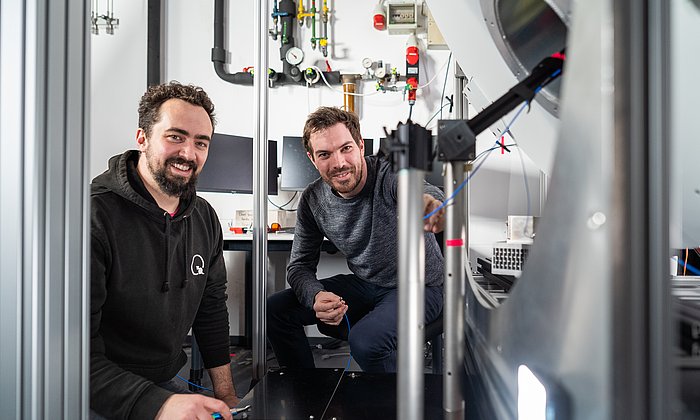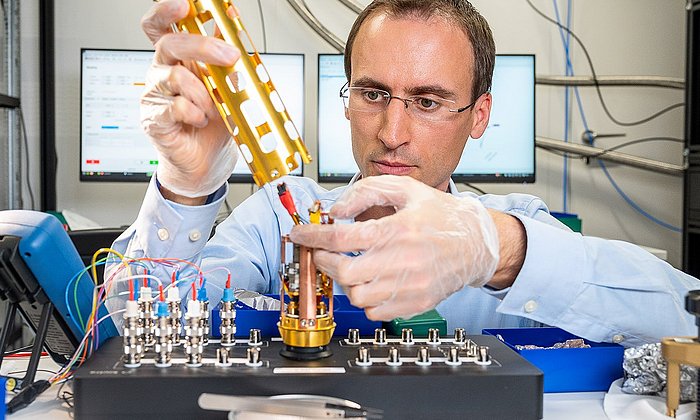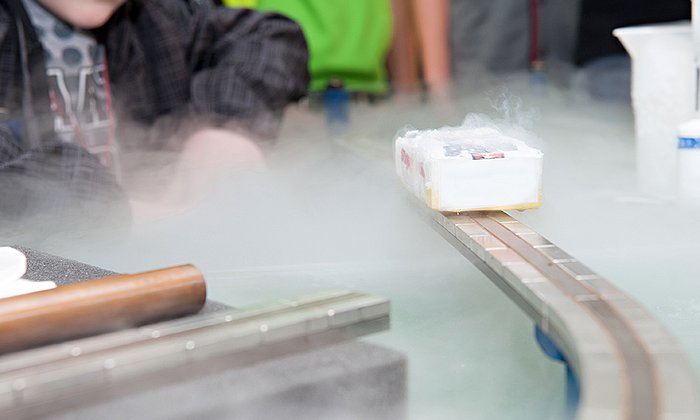Quantum Computers Simulate Fundamental Physics
Shedding Light on the Building Blocks of Nature

The research, published in the academic journal Nature, represents an essential step in quantum computing and demonstrates its potential by directly simulating fundamental interactions with Google's quantum processor. In the future, researchers could use this approach to gain deeper insights into particle physics, quantum materials, and even the nature of space and time itself. The aim is to understand how nature works at its most fundamental level, described by so-called gauge theories.
Determining the fundamental rules of the universe
"Our work shows how quantum computers can help us explore the fundamental rules that govern our universe," says co-author Michael Knap, Professor of Collective Quantum Dynamics at the TUM School of Natural Sciences. "By simulating these interactions in the laboratory, we can test theories in new ways."
Pedram Roushan, co-author of this work from Google Quantum AI emphasizes: “Harnessing the power of the quantum processor, we studied the dynamics of a specific type of gauge theory and observed how particles and the invisible ‘strings’ that connect them evolve over time.”
Tyler Cochran, first author and graduate student at Princeton, says: “By adjusting effective parameters in the model, we could tune properties of the strings. They can fluctuate strongly, become tightly confined, or even break.” He explains that the data from the quantum processor reveals the hallmark behaviors of such strings, which have direct analogs to phenomena in high-energy particle physics. The results underscore the potential for quantum computers to facilitate scientific discovery in fundamental physics and beyond.
T. A. Cochran, B. Jobst, E. Rosenberg, et al. Visualizing Dynamics of Charges and Strings in (2+1)D Lattice Gauge Theories, published in Nature, 4. Juni 2025 – DOI: 10.1038/s41586-25-08999-9
The research was supported, in part, by the UK Research and Innovation (UKRI) under the UK government’s Horizon Europe funding guarantee [grant number EP/Y036069/1], the Deutsche Forschungsgemeinschaft (DFG, German Research Foundation) under Germany’s Excellence Strategy–EXC–2111–390814868, TRR 360 – 492547816, DFG grants No. KN1254/1-2, KN1254/2-1, DFG FOR 5522 Research Unit (project id 499180199), the European Research Council (ERC) under the European Union’s Horizon 2020 research and innovation programme (grant agreement No. 851161 and No. 771537), the European Union (grant agreement No 101169765), as well as the Munich Quantum Valley, which is supported by the Bavarian state government with funds from the Hightech Agenda Bayern Plus.
Technical University of Munich
Corporate Communications Center
- Ulrich Meyer
- presse@tum.de
- Teamwebsite
Contacts to this article:
Prof. Dr. Michael Knap
Professor for Collective Quantum Dynamics
Technical University of Munich
TUM School of Natural Sciences
michael.knap@ph.tum.de
Prof. Dr. Frank Pollmann
Professor for Solid-State Theory
Technical University of Munich
TUM School of Natural Sciences
+49 89 289 53760
frank.pollmann@tum.de
Dr. Pedram Roushan
Google Quantum AI
+1 609 649 2317
pedramr@google.com



